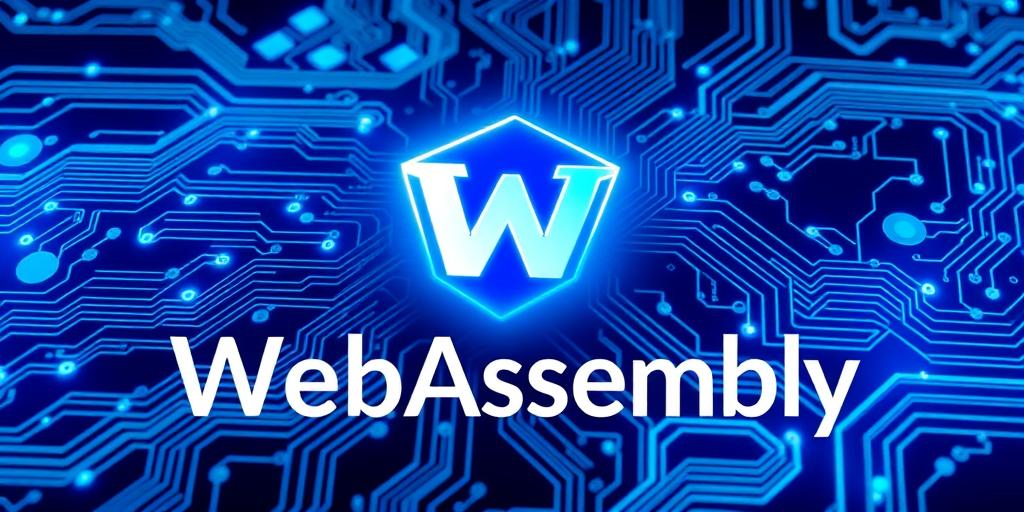WebAssembly (Wasm): The Future of Web Development? (2025)
The world of web development is constantly evolving, with new technologies emerging regularly. One such technology making waves is WebAssembly, often shortened to Wasm. But what exactly is WebAssembly, and is it truly the future of web development?
What is WebAssembly?
WebAssembly is a binary instruction format for a stack-based virtual machine. In simpler terms, it’s a way to run code in web browsers – and other environments – at near-native speed. Unlike JavaScript, which is interpreted, WebAssembly code is compiled, making it significantly faster. It’s designed to be a compilation target for languages like C, C++, and Rust, meaning developers can write code in these languages and then compile it to WebAssembly to run it in the browser.
Key Benefits of WebAssembly
- Performance: WebAssembly’s primary advantage is its speed. Compiled code runs much faster than interpreted JavaScript, leading to smoother and more responsive web applications.
- Portability: WebAssembly is designed to be platform-independent. This means code can run consistently across different operating systems and devices.
- Security: WebAssembly runs in a sandboxed environment, providing a secure execution context. This helps protect users from malicious code.
- Language Flexibility: Developers aren’t limited to JavaScript. They can use languages like C++, Rust, and others, opening up new possibilities for web development.
WebAssembly Use Cases
WebAssembly is finding applications in various domains:
- Gaming: High-performance games can run smoothly in the browser thanks to WebAssembly’s speed.
- Video and Audio Processing: WebAssembly can handle complex tasks like video editing and audio processing efficiently.
- Scientific Computing: Applications requiring heavy computation, such as simulations and data analysis, benefit from WebAssembly’s performance.
- Web Applications: Improving the performance of complex web applications.
WebAssembly in 2025
By 2025, WebAssembly is expected to be even more integrated into the web development landscape. We can anticipate:
- Wider Adoption: More developers will adopt WebAssembly as they recognize its performance and flexibility benefits.
- Improved Tooling: The tools and ecosystems around WebAssembly will mature, making it easier to develop and deploy WebAssembly-based applications. Look forward to more sophisticated debuggers, IDE integrations, and build systems.
- New Use Cases: As WebAssembly becomes more prevalent, new and innovative applications will emerge.
- Integration with JavaScript: WebAssembly will likely work seamlessly with JavaScript, allowing developers to combine the strengths of both technologies.
Challenges and Considerations
Despite its promise, WebAssembly isn’t without its challenges:
- Debugging: Debugging WebAssembly can be more complex than debugging JavaScript.
- Ecosystem Maturity: While the ecosystem is growing, it’s not as mature as the JavaScript ecosystem.
- Learning Curve: Developers need to learn new languages and tools to take full advantage of WebAssembly.
Is WebAssembly the Future?
WebAssembly holds immense potential and is poised to play a significant role in the future of web development. While it may not completely replace JavaScript, it will likely become an essential tool for building high-performance, cross-platform applications. By 2025, we can expect WebAssembly to be a mainstream technology, empowering developers to create richer and more powerful web experiences.
Long-Tail Keywords:
- WebAssembly performance benchmarks
- WebAssembly vs JavaScript performance
- WebAssembly application examples
- WebAssembly future trends
- WebAssembly browser support 2025
